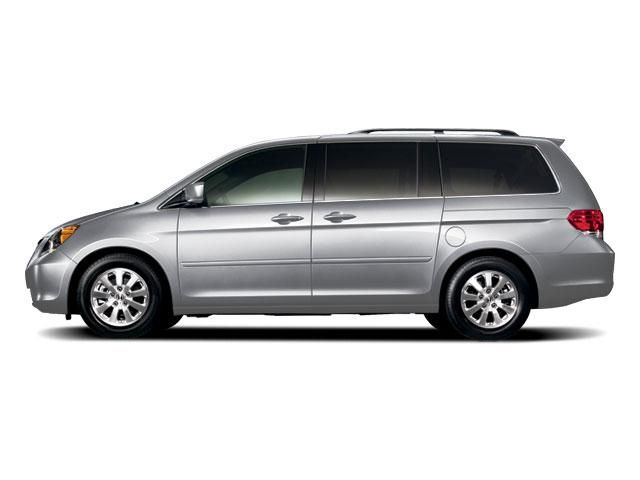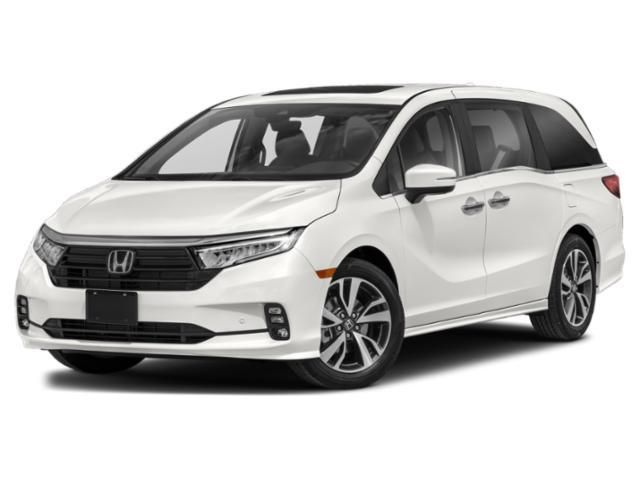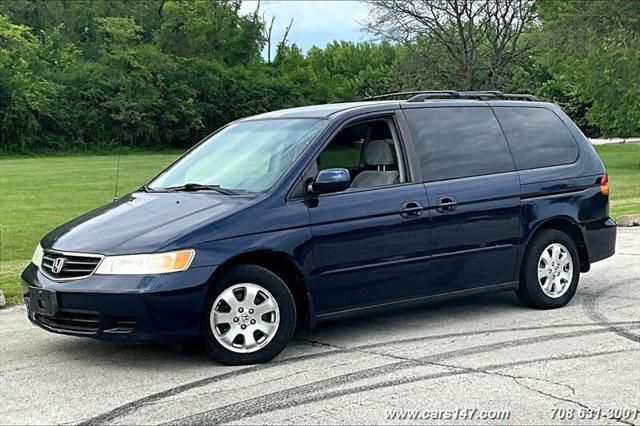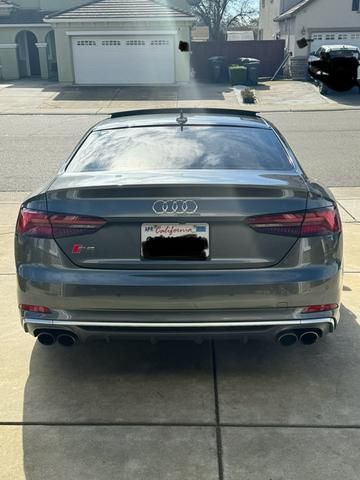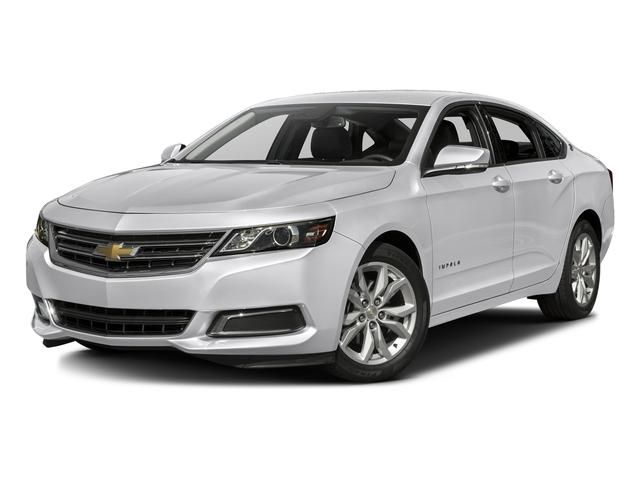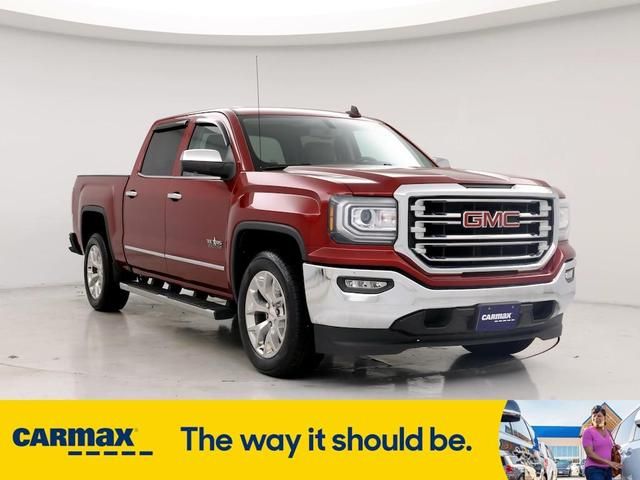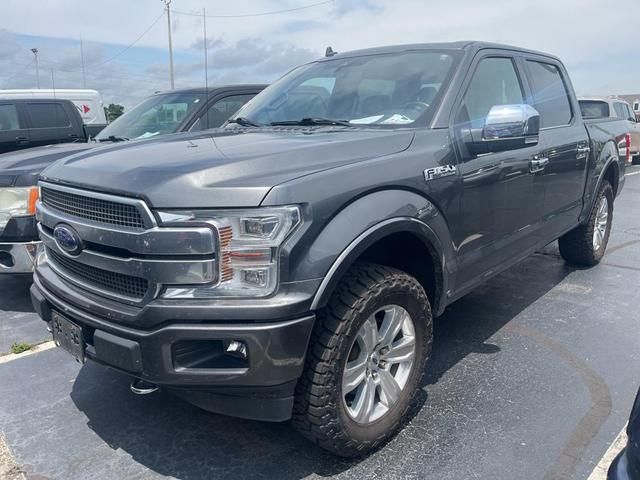2020 HONDA ODYSSEYVIN: 5FNRL6H28LB006125
Historical Records
Vehicle declared a total loss by an insurance company
Collision damage reported
Titled or registered as lease vehicle
Sale Record
| Year | 2020 |
| ODO | — |
| Seller | Hidden text (Hidden text) |
| MSRP | $3018 |
| Location | Falls Church, VA, 22042 |
| Date | appeared 4 years ago latest price $2158 sale post disappeared 2023-07-21 |
| Sale Website Type | classifieds |
| Notes | |
| Hidden text | |
| Body Style | Minivan |
| Color | Platinum White |
| Color (Interior) | Beige |
| Transmission | 10-Speed Automatic |
| Engine | 3.5L V6 24V GDI SOHC |
| Drive | FWD |
| Fuel Type | Gasoline |
- Hidden text
- Cloth seat trim
- Hidden text
- Front Anti-Roll Bar
- Hidden text
- Panic alarm
- Hidden text
- Rear reading lights
- Hidden text
- Brake Assist
- Hidden text
- Exterior Parking Camera Rear,4-Wheel Disc Brakes
- Hidden text
- Overhead Airbag
- Hidden text
- Radio: 160-Watt AM/FM Audio System
- Hidden text
- AM/FM Radio
- Hidden text
- Driver'S Seat Mounted Armrest
- Hidden text
- Illuminated entry
- Hidden text
- Power Door Mirrors
- Hidden text
- Remote Keyless Entry
- Hidden text
- 3.61 Axle Ratio
- Hidden text
- Delay-Off Headlights
- Hidden text
- Front Bucket Seats
- Hidden text
- Passenger Door Bin
- Hidden text
- Rear Window Defroster
- Hidden text
- Steering Wheel Mounted Audio Controls
- Hidden text
- Automatic Temperature Control
- Hidden text
- Electronic stability control
- Hidden text
- Occupant Sensing Airbag
- Hidden text
- Power Steering
- Hidden text
- Speed-Sensing Steering
- Hidden text
- Security System
- Hidden text
- Turn Signal Indicator Mirrors
- Hidden text
- Tilt steering wheel
- Hidden text
- Variably Intermittent Wipers
- ABS And Driveline Traction Control
- Hidden text
- Coil front spring
- Hidden text
- Fold forward seatback rear seats
- Hidden text
- Automatic front air conditioning
- Hidden text
- Cruise controls on steering wheel
- Hidden text
- Front and rear reading lights
- Hidden text
- Manual Folding Third Row Seat
- Hidden text
- Bluetooth Handsfreelink Wireless Phone Connectivity
- Hidden text
- Daytime Running Lights
- Hidden text
- Fuel Capacity: 19.5 gal.
- 5836
- Audio system memory card slot
- Hidden text
- Coil rear spring
- Hidden text
- Four-wheel independent suspension
- Hidden text
- Anti-Theft Alarm System
- Hidden text
- Cargo area light
- Hidden text
- Driver and passenger knee airbags
- Hidden text
- Fuel Type: Regular unleaded
- Hidden text
- Independent front suspension classification
- Hidden text
- Power remote passenger mirror adjustment
- Hidden text
- Side airbag,60-40 Third Row Seat
- Hidden text
- Headlights off auto delay
- Hidden text
- Power Windows
- Hidden text
- Passenger Airbag
- Hidden text
- Power remote driver mirror adjustment
- Hidden text
- Regular front stabilizer bar
- Hidden text
- Vehicle Emissions: LEV3-ULEV70
- Hidden text
- Radio data system
- Hidden text
- Speed Sensitive Audio Volume Control
- Hidden text
- Remote activated exterior entry lights
- Hidden text
- Suspension class: Regular
- Hidden text
- Speed-proportional electric power steering
- Hidden text
- Transmission gear shifting controls on steering wheel
- Hidden text
- Tilt and telescopic steering wheel
- Hidden text
- Turn signal in mirrors
- Hidden text
- Wheel Diameter: 18
- Hidden text
- Wheel Width: 7
Model Analytics & Market Report
Depreciation
| Year | Average Mileage | Average Price | % Left | % Lost | ||
|---|---|---|---|---|---|---|
| 2020 MSRP | 0 mi | $33,403 | — | — | 100% | 0% |
| 2020 | 11,617 mi | $43,118 | −$9,715 | −29.08% | 129.08% | -29.08% |
| 2021 | 23,234 mi | $39,995 | +$3,123 | +7.24% | 119.73% | -19.73% |
| 2022 | 34,851 mi | $35,898 | +$4,097 | +10.24% | 107.47% | -7.47% |
| 2023 | 46,468 mi | $32,997 | +$2,901 | +8.08% | 98.78% | 1.22% |
| 2024 | 58,085 mi | $30,700 | +$2,297 | +6.96% | 91.91% | 8.09% |
| → Visit 2020 HONDA ODYSSEY depreciation page to see full data. | ||||||
Price vs Mileage
| Mileage | Average Price | Sample Size |
|---|---|---|
| 5,000 mi | $36,599 | 19 sales |
| 10,000 mi | $35,991 | 68 sales |
| 15,000 mi | $33,998 | 151 sales |
| 20,000 mi | $33,991 | 367 sales |
| 25,000 mi | $33,475 | 596 sales |
| 30,000 mi | $32,998 | 819 sales |
| → Visit 2020 HONDA ODYSSEY depreciation page to see full data. | ||
VIN Decoder — 60 records
Anti-lock Braking System (ABS) means a portion of a service brake system that automatically controls the degree of rotational wheel slip during braking by: (1) Sensing the rate of angular rotation of the wheels; (2) Transmitting signals regarding the rate of wheel angular rotation to one or more controlling devices that interpret those signals and generate responsive controlling output signals; and (3) Transmitting those controlling signals to one or more modulator devices that adjust brake actuating forces in response to those signals.
An auto-reverse system enables power windows and sunroofs on motor vehicles to automatically reverse direction when such power windows and panels detect an obstruction. This feature can prevent children and others from being trapped, injured, or killed by the power windows and sunroofs.
Electric vehicle warning sounds are a series of sounds designed to alert pedestrians to the presence of electric drive vehicles such as hybrid electric vehicles (HEVs), plug-in hybrid electric vehicles (PHEVs), and all-electric vehicles (EVs) travelling at low speeds. Vehicles operating in all-electric mode produce less noise than traditional combustion engine vehicles and can make it more difficult for pedestrians, the blind, cyclists, and others to be aware of their presence.
ESC is a computerized technology that improves a vehicle's stability by detecting and reducing loss of traction (skidding). When ESC detects loss of steering control, it automatically applies the brakes to help steer the vehicle in the driver's intended direction. Braking is automatically applied to wheels individually, such as the outer front wheel to counter oversteer, or the inner rear wheel to counter understeer. Some ESC systems also reduce engine power until control is regained.
A keyless ignition system permits starting a car without a physical key being inserted into an ignition. Instead, a small device known as a "key fob" transmits a code to a computer in the vehicle when the fob is within a certain close range. When the coded signal matches the code embedded in the vehicle's computer, a number of systems within the car are activated, including the starter system. This allows the car to be started by simply pressing a button on the dashboard while the key fob is left in a pocket or a purse. The vehicle is usually shut down by pushing the same button.
A TPMS is an electronic system designed to monitor the air pressure inside the pneumatic tires on various types of vehicles. TPMS can be divided into two different types - direct and indirect. Direct TPMS employ pressure sensors on each wheel, either internal or external. The sensors physically measure the tire pressure in each tire and report it to the vehicle's instrument cluster or a corresponding monitor. Indirect TPMS does not use physical pressure sensors but measure air pressures by monitoring individual wheel rotational speeds and other signals available outside of the tire itself.
When the traction control computer detects a driven wheel or wheels spinning significantly faster than another, it invokes an electronic control unit to apply brake friction to wheels spinning due to loss of traction. This braking action on slipping wheels will cause power transfer to the wheels with traction due to the mechanical action within the differential.
A backup camera, also known as a rearview video system, helps prevent back-over crashes and protects our most vulnerable people - children and senior citizens - by providing an image of the area behind the vehicle. A backup camera helps the driver see behind the vehicle while in reverse.
A CIB system is an automatic emergency braking system designed to detect an impending forward crash with another vehicle. CIB systems automatically apply the brakes in a crash imminent situation to slow or stop the vehicle, avoiding the crash or reducing its severity, if the driver does not brake in response to a forward collision alert.
DRL is an automotive lighting system on the front of a vehicle or bicycle, that automatically switches on when the vehicle is in drive, and emits white, yellow, or amber light to increase the conspicuity of the vehicle during daylight conditions.
A headlamp light source provides a distribution of light designed to provide adequate forward and lateral illumination with limits on light directed towards the eyes of other road users, to control glare. This beam is intended for use whenever other vehicles are present ahead. Halogen, high-Intensity discharge (HID), light-emitting diode (LED), and laser are the most common headlights on the market.
A semi-automatic headlamp beam switching device provides automatic or manual control of beam switching at the option of the driver. When the control is automatic, the headlamps switch from the upper beam to the lower beam when illuminated by the headlamps on an approaching car and switch back to the upper beam when the road ahead is dark. When the control is manual, the driver may obtain either beam manually regardless of the condition of lights ahead of the vehicle.
Cooling type defines the cooling system used to control the engine temperature. It can be either air-cooled or water-cooled.
Engine displacement (in cubic centimeters) is the volume swept by all the pistons inside the cylinders of a reciprocating engine in a single movement from top dead center to bottom dead center.
Engine displacement (in cubic inches) is the volume swept by all the pistons inside the cylinders of a reciprocating engine in a single movement from top dead center to bottom dead center.
Engine displacement (in liters) is the volume swept by all the pistons inside the cylinders of a reciprocating engine in a single movement from top dead center to bottom dead center.
Engine brake is the horsepower (hp) at the engine output shaft. Engine Brake (hp) From is the lower value of the range.
Engine configuration defines how engine cylinders are arranged. Common values are V6 for V-shaped arrangement, I4 or L4 for in-line arrangement.
This is a numerical field to store the number of cylinders in an engine. Common values for passenger cars are 4 or 6.
Engine stroke cycle is a numerical field for the number of strokes used by an internal combustion engine to complete a power cycle.
Fuel type defines the fuel used to power the vehicle. For vehicles that have two power sources, such as plug-in hybrid vehicle, both primary fuel type and secondary fuel type will be provided.
Body Class presents the body type based on 49 CFR 565.12(b): "Body type means the general configuration or shape of a vehicle distinguished by such characteristics as the number of doors or windows, cargo-carrying features and the roofline (e.g., sedan, fastback, hatchback)." Definitions are not provided for individual body types in the regulation.
Gross vehicle weight rating (GVWR) is the maximum operating weight of a vehicle including the vehicle's chassis, body, engine, engine fluids, fuel, accessories, driver, passengers and cargo, but excluding that of the trailers. Per 49 CFR 565.15, Class 1 is further broken down to Class A-D; Class 2 is further broken down to Class E-H. This field captures the lower bound of GVWR range for the vehicle.
Per 49 CFR 565, Model means a name that a manufacturer applies to a family of vehicles of the same type, make, line, series and body type.
If the model year (MY) is supplied when the VIN is decoded, such as from a crash report or a vehicle registration record, the MY value will be the supplied MY, even if the MY decoded from the VIN differs from the supplied MY. If the MY is not supplied when the VIN is decoded, the MY value will be decoded from the 10th character in the VIN.
This data element captures the city of the manufacturing plant where the manufacturer affixes the VIN.
This data element captures the country of the manufacturing plant where the manufacturer affixes the VIN.
This data element captures the State or Province name within the Plant Country of the manufacturing plant where the manufacturer affixes the VIN.
Other Restraint Info field is used to code additional information about restraint system that cannot be coded in any other restraint fields.
This field captures the location of curtain air bags. Curtain air bags are side air bags that protect the head.
This field captures the location of frontal air bags. Frontal air bags are generally designed to deploy in "moderate to severe" frontal or near-frontal crashes.




